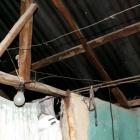ADVERTISEMENT
Home - House in Haiti
Construction Materials in Building in Haiti
It is estimated that 90% of the buildings in Haiti were made from materials not suited for earthquake resistance. The costs to build a structure that can withstand earthquake tremors can rise to anywhere from 10% to 20% of the building costs. Finding these costs prohibitive, most people opt out of the precaution as they simply can't afford it. The materials most commonly used include a mixture of branches, twigs and sticks called clisse, stone, bricks, earth and cement. Duplicitous contractors will use unrefined sand and limestone dust to make a cheaper, and consequently weaker concrete.
The informality of building construction in Haiti
Many experts, including OAS Department of Sustainable Development director, Cletus Springer and seismologist, Ian Main agree that the catastrophic effects of the 2010 earthquake were aided by the informality of the buildings' constructions. Not only is this true for housing constructed for and by the poor, but even in official business buildings. The neglect of the strictures of the building code led to the loss of infrastructure in 80% of the schools, 60% of the hospitals and all but one of the government buildings in Haiti.
Home Building in Haiti - Inadequate Lateral Load Resisting
Weighty concrete ceiling and floor slabs were made for hurricane weather. During an earthquake, the construction of most low-rise buildings meant the walls were dislodged and discharged. The confined masonry system should have worked well under those conditions, but, the frames built in Haiti were mostly inadequately designed and were not integrated enough with beams and columns that were reinforced. As a result, the walls do not have the in-plane load bearing capabilities necessary to withstands strong tremors.
Home Building in Haiti - Code and Code Enforcement
With Haiti being without its own building code, the cue for most builders usually comes from Europe or the U.S. While the Caribbean has its own code, CUBiC, (Caribbean Uniform Building Code), few Haitian engineers employ the standards. Further to that, most buildings were not even built based on designs by an engineer. Permits must be sought for builds, but plan checks and construction inspections are rare and, as such, many buildings are not up to code, making them susceptible to collapse and degradation, especially since they are not diligently maintained.
Home Built on shaky ground in Haiti
A typical house in Haiti starts with a foundation about a meter in depth. For homes and buildings built on an incline, the foundation can rise to as much as 2 meters above the ground. Concrete masonry units, not fired clay bricks, as were prevalent in the 19th century, are used for walls. The unreinforced units are given frame by concrete columns which are reinforced lightly. Slab roofs and floors are common, with one layer of reinforcement for a 4 to 6 inch thickness. These structures are usually single-storied, but are also as tall as two or three stories.
Douane an Hotel communale in Port-au-Prince, Elie Lescot
Here is a picture of the Douane an Hotel communale during the government of Elie Lescot.
Elie Lescot spent about 5 years in office which is from May 15, 1941 to January 11, 1946. He was a Haitian Mulato born from a wealth Haitian family. Elie Lescot developed a very close relationship to the US government during his administration.
There were many issues related to his government. Elie Lescot used harsh political repressive measures to keep his opponents quiet. Throughout his government, Haiti suffered harsh economic downturn
Co-ownership in Haiti as President Michel Martelly signed new decree
There is a new reality in Haiti. With the new decree signed by President Michel Martelly about Co-Ownership, the government expects to solve the crisis in housing in Haiti. The new law will allow many people to own apartments instead in a building in Haiti.
This is a first in the history of the country. Many people have been asking the question: Is this Co-ownership really possible in Haiti? A country where no one trusts no one. A country where people tend to take the law into their own hands in search of justice.
Bill Clinton helped launch housing program in Haiti with Building Back Better Communities
Here is a picture of the former president of the U.S., Mr. Bill Clinton as he helped launch a housing project in Haiti. This project was for objective to provide housing to the many Haitians who were displaced by Haiti earthquake. Former President Bill Clinton
The Building Back Better Communities exposition provided a collection of about 40 different housing styles that came out of a competition of over 400 candidates. The average cost of these houses will be between $10,000 and $35,000. There are both earthquake and hurricane resistant and are between 300 and 700 square feet
Kay Pa'm Housing Project to solve the housing problem in Haiti
The Haitian government, under the direction of President Michel Martelly has launched a new project. Kay Pa'm was introduced as a potential to solve the housing problem in Haiti. Without a Prime Minister, the government feels that they can not wait to start addressing the problem of Housing in Haiti that has gotten worst since the 2010 earthquake.
Kay Pa'm Housing Project is not the distribution of free housing. The main point is to facilitate home ownership in Haiti by making financing readily available. With a fund of $ 100 million at their disposition at the beginning, Kay pa'm Housing project intends to accomplish several objectives. The projects wants to create access to private property, promote the process of reconstruction or repair the residential buildings and allow the greatest number of Haitians to have their home

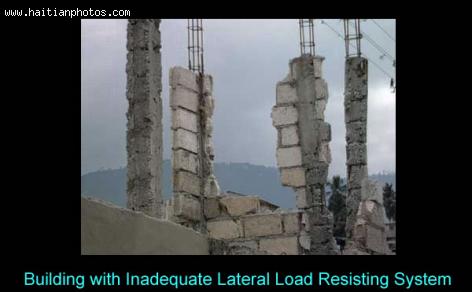
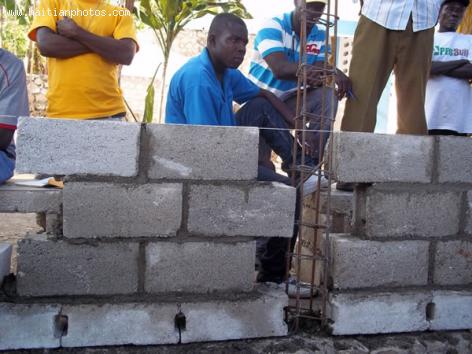
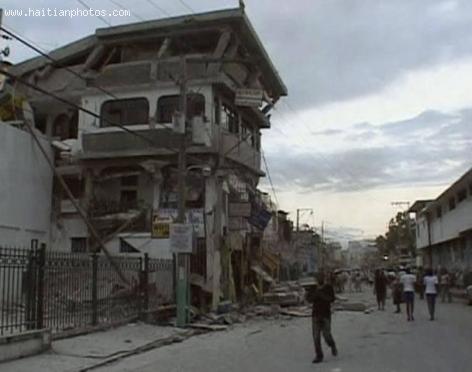
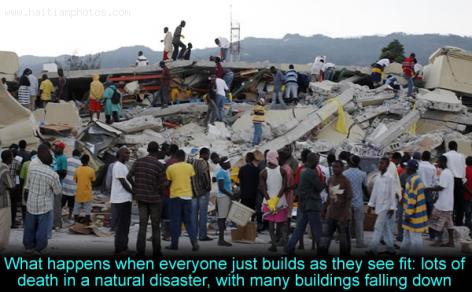
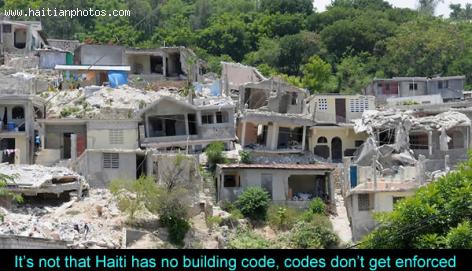
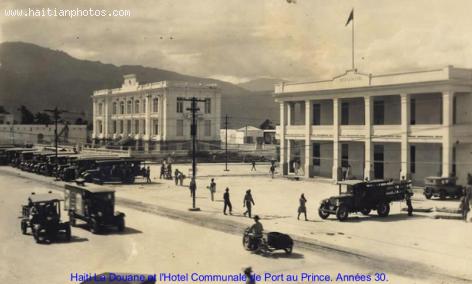
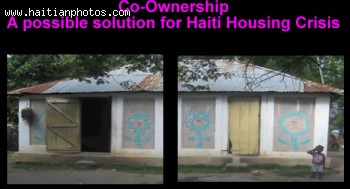


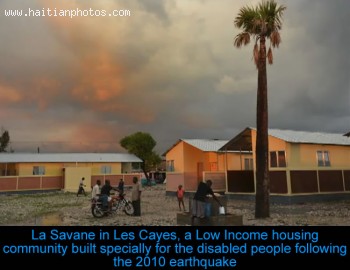
 Dr. Louis Noisin, Cap-Haitien
Dr. Louis Noisin, Cap-Haitien 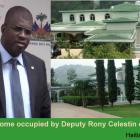 A $800,000 Home occupied by Deputy Rony Celestin confiscated
A $800,000 Home occupied by Deputy Rony Celestin confiscated 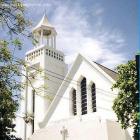 Nouveau College Bird in Port-au-Prince, Haiti
Nouveau College Bird in Port-au-Prince, Haiti  Pope Francis appointed Mgr. Launay Saturne Archbishop of...
Pope Francis appointed Mgr. Launay Saturne Archbishop of...  Dr. Henri Ford, First Haitian Dean At University of Miami Med...
Dr. Henri Ford, First Haitian Dean At University of Miami Med...  Delimart Plaza, Delmas 32, Port-au-Prince, Haiti being looted
Delimart Plaza, Delmas 32, Port-au-Prince, Haiti being looted  Jovenel Moise, the president has spoken. Period
Jovenel Moise, the president has spoken. Period 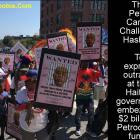 The Petro Caribe Challenge hashtag
The Petro Caribe Challenge hashtag 

